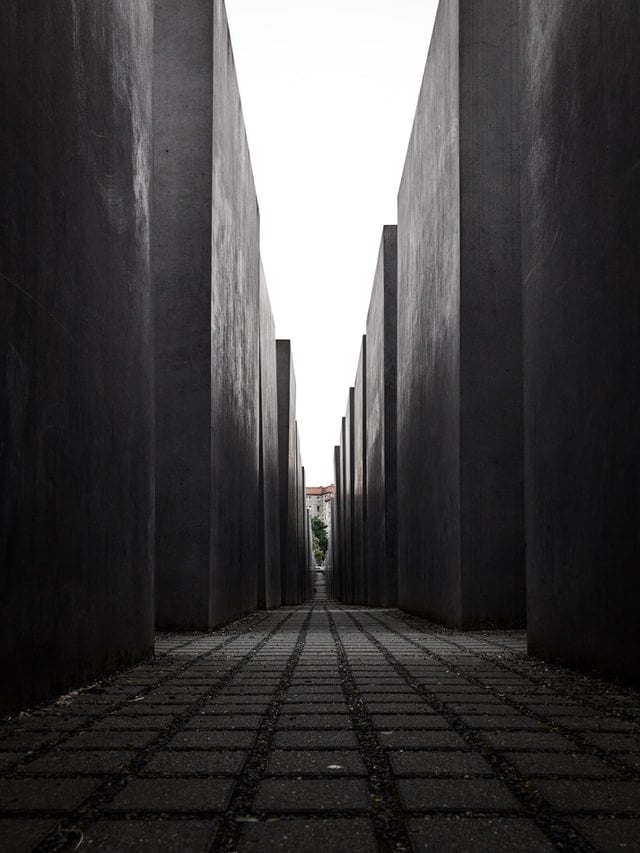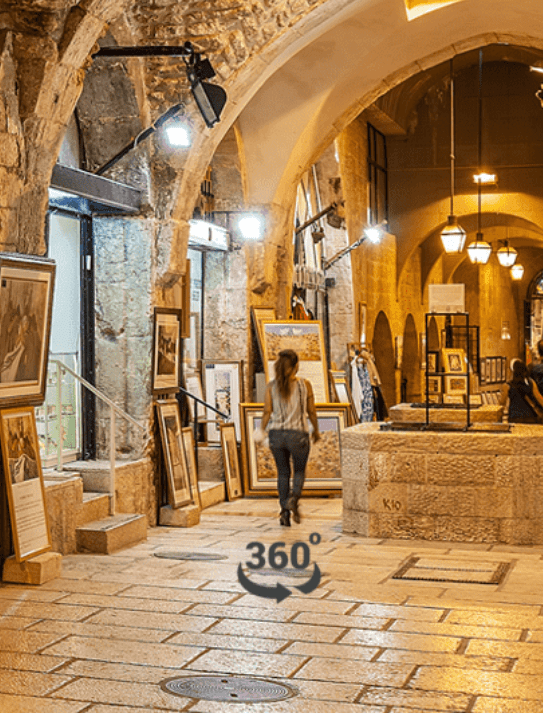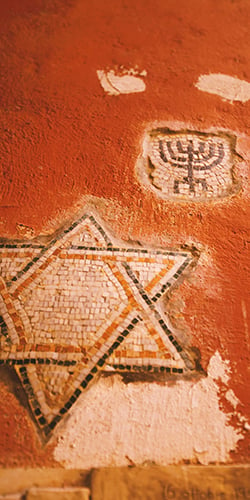If you love heritage, culture and the art of living, there's no doubt that you'll fall in love with Strasbourg! Strasbourg is the capital of Alsace located at the border with Germany, the largest city of the Grand East region of Eastern France, and the official seat of the European Parliament.
Today around 16,000 Jews reside in Strasbourg but their history is similar to the rest of France and Europe with several expulsions, accusations, forced-baptisms and deaths. Alsace became part of France in 1648, but Jews still did not have civil rights until after the French Revolution. After the revolution, Jews were able to move into larger cities and Strasbourg’s Jewish population grew from 100 to over 1,000 by the early 1800’s.
The construction of synagogues was no longer banned and around 176 new synagogues were built all over Alsace between 1791 and 1914. Today’s Jewish community in Strasbourg is predominantly Ashkenazi, which...
















